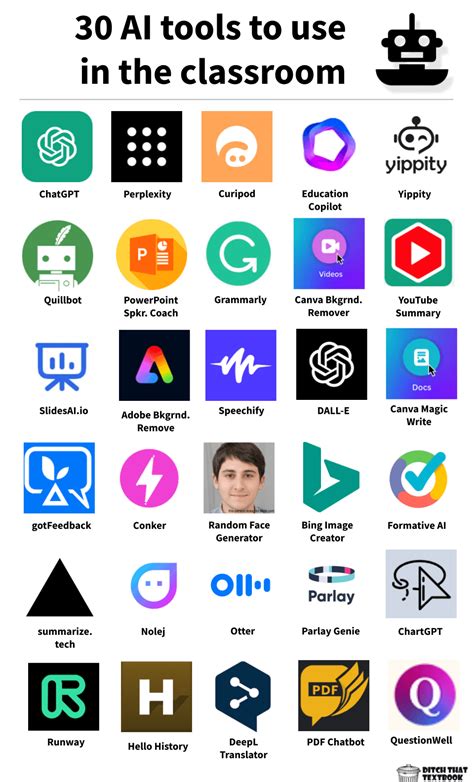How artificial intelligence (AI) can help regulatory compliance for Blockchain projects
The rapid growth of the Blockchain industry has caused a new era of opportunities and challenges. As more companies and projects are emerging, they face significant regulatory obstacles to ensure compliance with existing laws and regulations. In this article, we will explore how artificial intelligence (AI) can help simplify and rationalize the regulatory compliance process for Blockchain projects.
Current challenges in terms of regulatory compliance
Regulatory compliance is an essential aspect of any blockchain project. However, while the industry continues to evolve, it becomes increasingly complex. Some of the challenges that companies face include:
* The lack of clear regulations : the current panorama of regulations governing blockchain projects is often not clear or contrasting.
* Limited resources : many organizations do not have the skills and resources necessary to navigate in the regulatory environment.
* Inadequate risk assessment : companies may not have an understanding of the risks of their project, which makes it difficult to identify potential compliance problems.
How IA can help
Artificial intelligence can play an important role in simplifying regulatory compliance from:
- Analysis of complex regulations : the tools powered by artificial intelligence can analyze large quantities of data and identify the models, helping organizations to understand the nuances of the different regulations.
- Identification of potential risks : automatic learning algorithms can evaluate the risks of the project and provide recommendations for attenuation.
- Rational to rationalize the risk assessment : Artificial intelligence can help companies create more specific risk assessments by analyzing historical data and identifying trends.
Examples of AI in regulatory compliance
There are several examples of how IA is used to simplify regulatory compliance:
- Extension of identity based on the blockchain : the systems provided by the AI can verify identities using identification based on the blockchain, reducing the need for traditional identification of the paper.
2
3
The best practices for the implementation of the AI in regulatory compliance

To ensure the success of AI in regulatory compliance:
- Collaborate with experts : work with expert professionals to develop a complete understanding of regulations and identify the areas of improvement.
- Invested in training and development : providing continuous training and support to ensure that employees have the skills necessary to work effectively with tools fueled by artificial intelligence.
3
Conclusion
The integration of artificial intelligence in regulatory compliance for blockchain projects can significantly simplify the process, reducing the risk of non -compliance and improves the overall efficiency of the project. By exploiting the tools fueled by artificial intelligence and working with expert professionals, organizations can guarantee that they comply with their regulatory obligations and minimizing the risks associated with conformity.
While the blockchain industry continues to grow, it is essential that companies give priority to regulatory compliance to avoid expensive fines and damage to reputation. By adopting solutions powered by artificial intelligence, organizations can navigate in this complex landscape more effectively and collect the advantages of a successful project.
